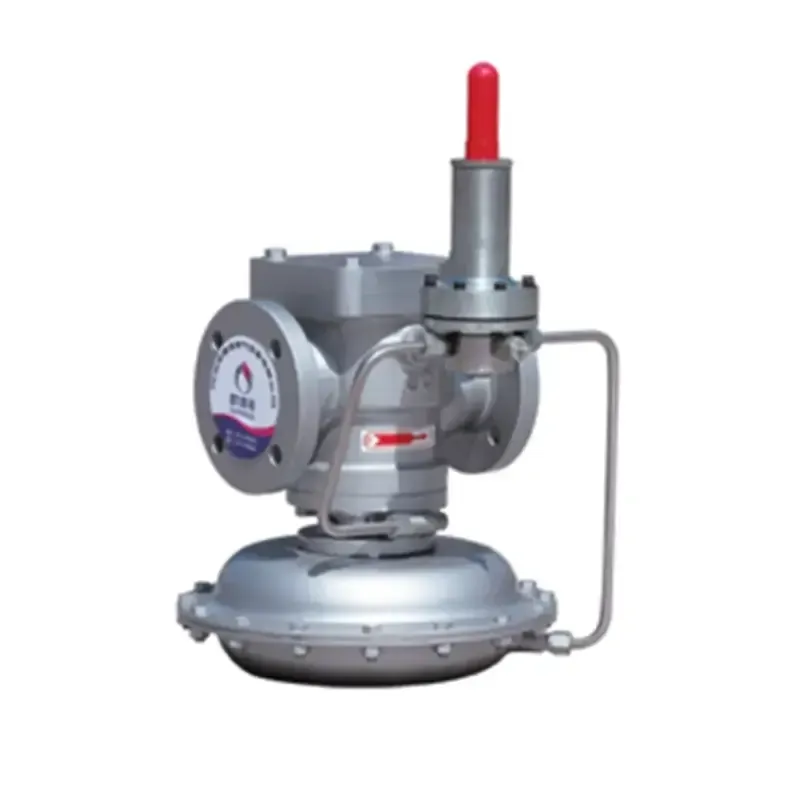
Nov . 10, 2024 01:21
Back to list
Gas Pressure Reduction System for Efficient Pipeline Management and Safety Monitoring
Understanding Gas Pressure Regulators Functions and Importance
Gas pressure regulators are critical devices used in a variety of applications, from residential heating systems to industrial gas distribution. These regulators play a vital role in ensuring safety and efficiency by controlling the pressure of gases flowing through pipelines. In this article, we will discuss the operation, types, and significance of gas pressure regulators.
What is a Gas Pressure Regulator?
A gas pressure regulator is a mechanical device that reduces and stabilizes the pressure of a gas from a high-pressure source to a lower, usable pressure. This process is essential for ensuring that the gas can be safely and efficiently used for its intended purpose, whether it be in households for cooking, heating, or in various industrial processes.
How Does It Work?
The basic working principle of a gas pressure regulator involves a diaphragm and a valve mechanism. The regulator receives gas from a high-pressure source, such as a gas cylinder or pipeline. The gas enters the regulator chamber, where the diaphragm senses the pressure. If the pressure is too high, the diaphragm moves to close the valve partially or fully, reducing the flow of gas. Conversely, if the pressure drops too low, the diaphragm allows more gas to flow through the valve.
This self-regulating mechanism ensures that the output pressure remains consistent, regardless of fluctuations in the upstream pressure. This is crucial in applications where precise pressure is necessary to maintain safety and functionality.
Types of Gas Pressure Regulators
There are several types of gas pressure regulators, each designed for specific uses
.
2. Two-Stage Regulators These regulators consist of two separate stages of pressure reduction. They offer more stable output pressure and are ideal for applications where inlet pressure can vary significantly.
مخفض ضغط الغاز

3. Industrial Regulators Designed for heavy-duty applications, these regulators can handle higher flow rates and pressures. They are used in large-scale industrial settings, including manufacturing and chemical processing.
4. Cooking or Heating Regulators Commonly found in residential applications, these regulators are used for stoves, ovens, and furnaces, ensuring safe and efficient operation.
Importance of Gas Pressure Regulators
The significance of gas pressure regulators cannot be overstated. Here are some reasons why they are essential
- Safety By maintaining the pressure at safe levels, regulators help prevent accidents such as gas leaks, explosions, or equipment damage.
- Efficiency Proper regulation of gas pressure ensures optimal performance of appliances and systems. Appliances designed for specific gas pressures run more efficiently when the pressure is controlled.
- Cost-Effectiveness Regulating gas pressure can lead to reduced consumption and lower energy costs, as appliances operate at peak efficiency.
- Versatility Gas pressure regulators are used across various sectors, including residential, commercial, and industrial applications. Their adaptability makes them invaluable in energy distribution and usage.
Conclusion
Gas pressure regulators are a crucial component in the safe and efficient use of gas in numerous applications. Understanding their operation, types, and importance is essential for anyone involved in gas distribution and usage. Whether in a home or an industrial setting, maintaining proper gas pressure is paramount for safety, efficiency, and cost-effectiveness. As technology continues to evolve, the design and functionality of gas pressure regulators are expected to improve, further enhancing their role in energy management.
Latest news
-
Safety Valve Spring-Loaded Design Overpressure ProtectionNewsJul.25,2025
-
Precision Voltage Regulator AC5 Accuracy Grade PerformanceNewsJul.25,2025
-
Natural Gas Pressure Regulating Skid Industrial Pipeline ApplicationsNewsJul.25,2025
-
Natural Gas Filter Stainless Steel Mesh Element DesignNewsJul.25,2025
-
Gas Pressure Regulator Valve Direct-Acting Spring-Loaded DesignNewsJul.25,2025
-
Decompression Equipment Multi-Stage Heat Exchange System DesignNewsJul.25,2025

